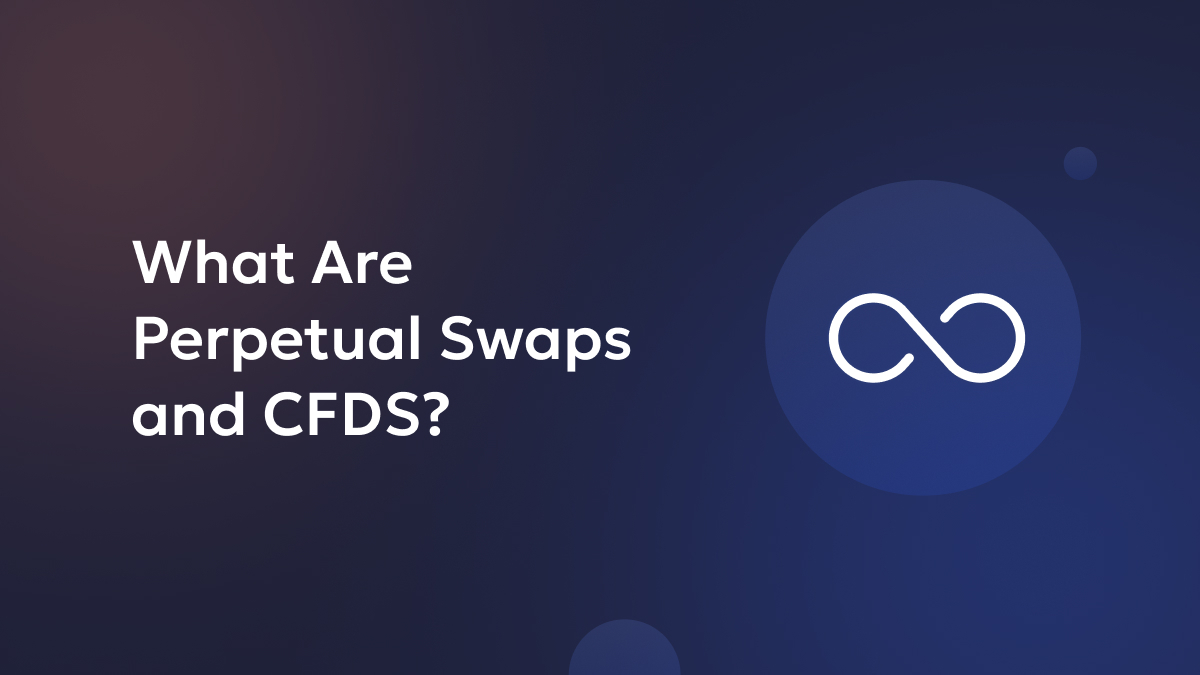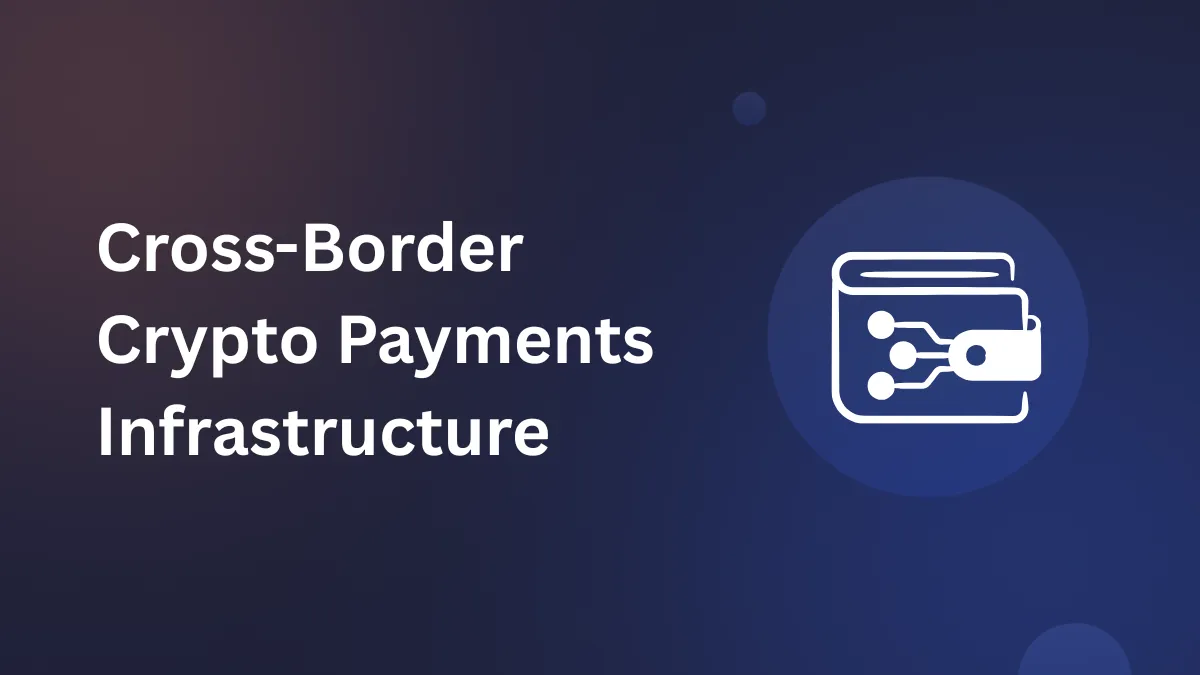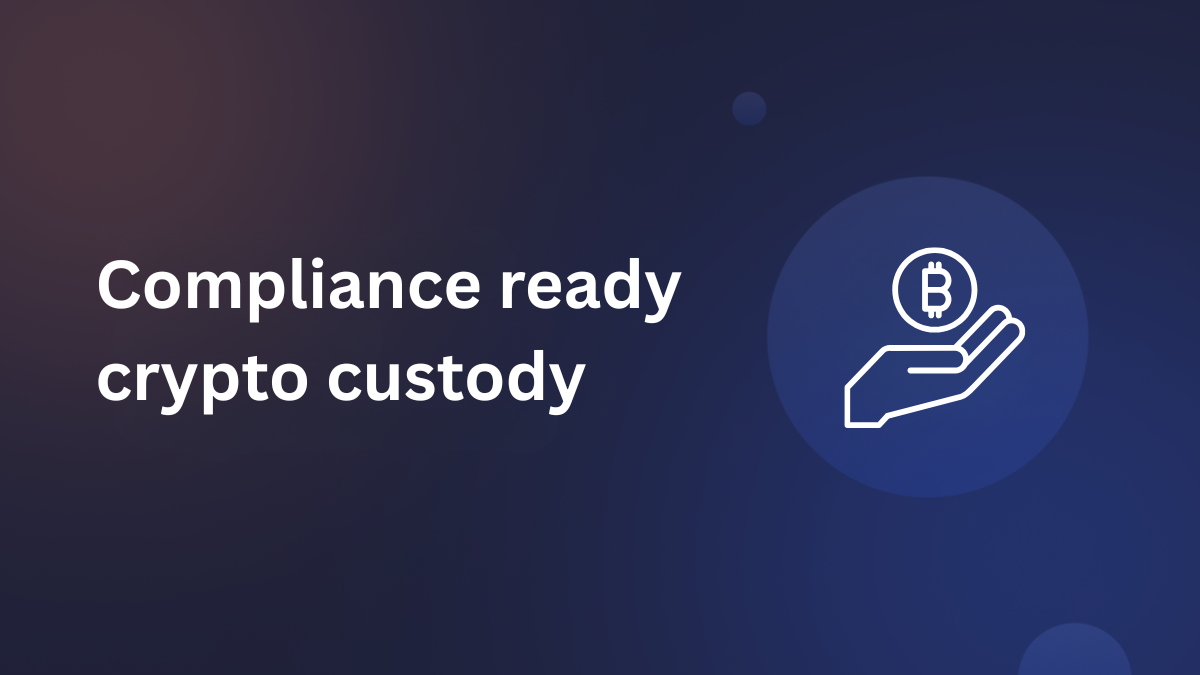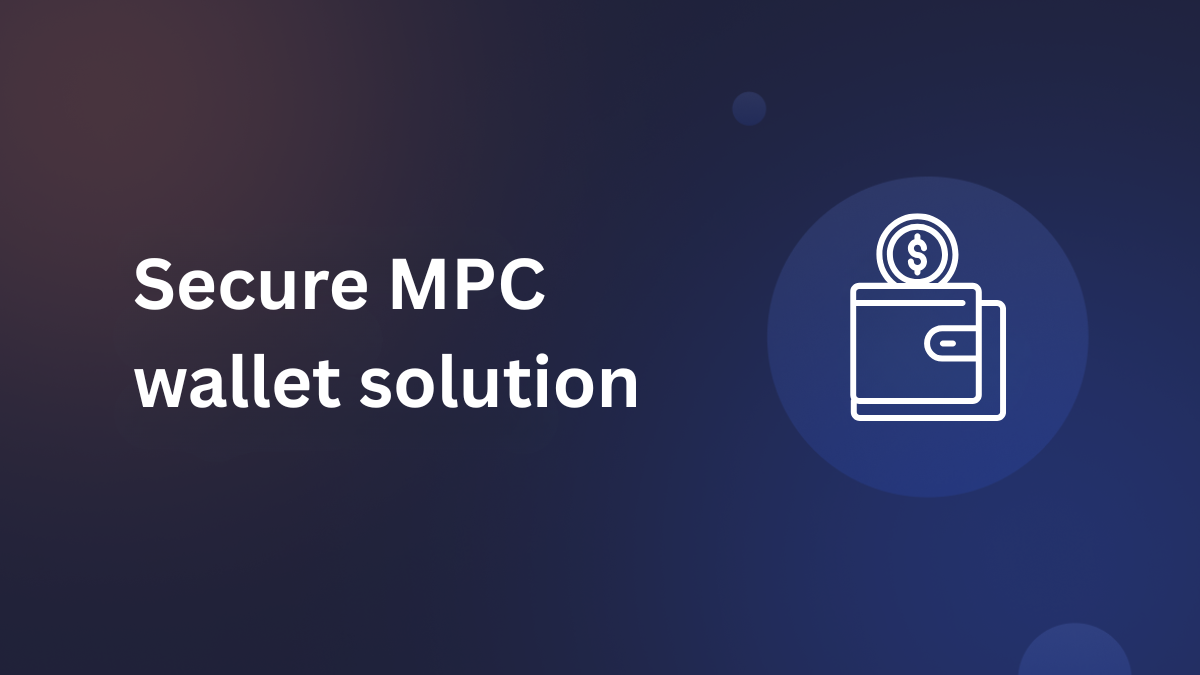In the evolving landscape of financial trading, perpetual swaps and Contracts for Difference (CFDs) have emerged as popular instruments, especially in the realm of cryptocurrencies and derivatives. Both tools allow traders to speculate on price movements without owning the underlying assets, but they have distinct characteristics, mechanics, and risks. This comprehensive overview will delve into what perpetual swaps and CFDs are, how they function, their advantages and disadvantages, and their respective roles in trading strategies.
What Are Perpetual Swaps?
Perpetual swaps, also known as perpetual futures contracts, are derivative financial instruments that enable traders to speculate on the price movements of an underlying asset, such as cryptocurrencies, without an expiration date. This unique feature differentiates them from traditional futures contracts, which have a set expiration date.
Key Features of Perpetual Swaps:
- No Expiration: Perpetual swaps can be held indefinitely, allowing traders to maintain positions without the pressure of an impending expiration date. This flexibility is particularly appealing to those who wish to capitalize on long-term trends.
- Leverage: Traders can use leverage to amplify their exposure to price movements. For instance, a trader might use a 10x leverage, meaning they can control a position worth ten times their initial margin.
- Funding Rate Mechanism: To ensure that the swap price remains close to the underlying asset’s spot price, exchanges implement a funding rate mechanism. This involves periodic payments between long and short position holders, depending on the market conditions. If the perpetual swap price is above the spot price, long holders pay short holders, and vice versa.
- No Custody Required: Traders do not need to own the underlying asset, which eliminates the risks associated with holding and securing cryptocurrencies.
How Perpetual Swaps Work
In a perpetual swap contract, there are two primary positions: long and short.
- Long Position: A trader who believes the price of the underlying asset will rise will take a long position. For example, if a trader buys a Bitcoin perpetual swap at $50,000 and the price rises to $55,000, the profit would be calculated based on the difference multiplied by the leverage used.
- Short Position: Conversely, a trader expecting a price decline will take a short position. If the price drops from $50,000 to $45,000, the trader profits from the decline.
The profit or loss is realized when the position is closed, and the difference between the entry and exit prices, adjusted for leverage, determines the financial outcome.
Advantages and Disadvantages of Perpetual Swaps
Advantages:
- Flexibility in Trading: The absence of expiration dates allows traders to hold positions as long as they desire, adapting to market conditions without the need to roll over contracts.
- Leverage Opportunities: Traders can significantly increase their potential returns by using leverage, although this also magnifies potential losses.
- Access to Diverse Markets: Perpetual swaps are available for various assets, including cryptocurrencies, commodities, and indices, providing traders with numerous opportunities.
Disadvantages:
- High Risk: The use of leverage can lead to substantial losses, particularly in volatile markets. Traders can lose more than their initial investment if not managed carefully.
- Funding Fees: The periodic funding payments can erode profits, especially if positions are held for extended periods.
- Market Manipulation Risks: The perpetual swap market can be susceptible to manipulation, particularly in less regulated exchanges.
What Are Contracts for Difference (CFDs)?
Contracts for Difference (CFDs) are another type of derivative that allows traders to speculate on the price movements of various financial instruments without owning the underlying assets. CFDs are particularly popular in the foreign exchange (FX) and commodities markets.
Key Features of CFDs:
- Cash Settlement: CFDs are settled in cash, meaning there is no physical delivery of the underlying asset. The trader only receives the difference between the opening and closing prices.
- Leverage: Similar to perpetual swaps, CFDs allow traders to use leverage, enabling them to control larger positions with a smaller initial investment.
- No Expiration: CFDs do not have expiration dates, allowing traders to hold positions for as long as they wish.
How CFDs Work
In a CFD, traders can either go long (buy) or short (sell) based on their expectations of price movements.
- Going Long: If a trader believes that the price of an asset will rise, they will buy a CFD. If the asset’s price increases, they can sell the CFD for a profit, calculated as the difference between the buy and sell prices.
- Going Short: Conversely, if a trader expects the price to fall, they can sell a CFD. If the price drops, they can buy back the CFD at a lower price, profiting from the difference.
Advantages and Disadvantages of CFDs
Advantages:
- Flexibility and Accessibility: CFDs are available for a wide range of assets, including stocks, commodities, and indices, making them accessible to various traders.
- Leverage: Like perpetual swaps, CFDs allow for leveraged trading, enabling traders to amplify their potential profits.
- No Ownership Required: Traders can speculate on price movements without the need to own the underlying assets, simplifying the trading process.
Disadvantages:
- High Risk: The potential for significant losses is heightened due to leverage, especially in volatile markets.
- Lack of Regulation: CFDs are not permitted in some jurisdictions, such as the United States, and the lack of regulation can expose traders to risks associated with broker reliability.
- Margin Calls: Traders may face margin calls if their account balance falls below a certain threshold, requiring them to deposit additional funds to maintain their positions.
Comparing Perpetual Swaps and CFDs
| Feature | Perpetual Swaps | Contracts for Difference (CFDs) |
| Expiration Date | No | No |
| Settlement | Cash settlement via funding rates | Cash settlement based on price difference |
| Leverage | Yes | Yes |
| Ownership Requirement | No | No |
| Market Focus | Primarily cryptocurrencies | Various assets (stocks, commodities, FX) |
| Funding Fees | Yes, based on market conditions | Not applicable, but spreads may vary |
Conclusion
Perpetual swaps and CFDs are powerful financial instruments that offer traders opportunities to speculate on price movements without the necessity of owning the underlying assets. Each instrument has its unique features, advantages, and risks, making them suitable for different trading strategies and risk appetites.
While perpetual swaps have gained significant popularity in the cryptocurrency market due to their flexibility and leverage, CFDs remain a staple in traditional financial markets. Understanding the mechanics and implications of these instruments is crucial for traders looking to navigate the complexities of modern financial trading successfully. As with any trading strategy, careful risk management and a thorough understanding of market dynamics are essential for success.







